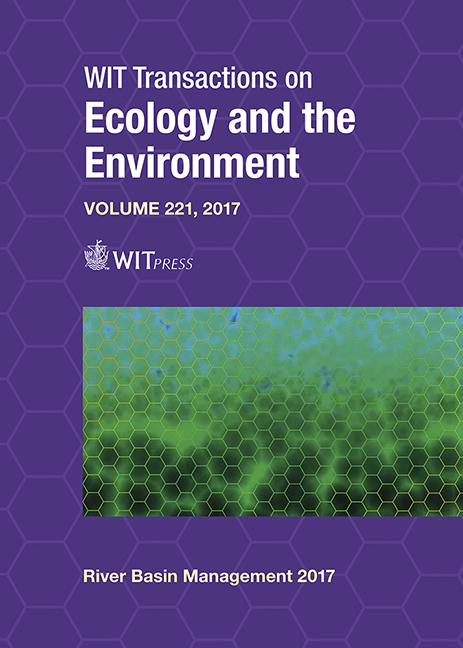INVESTIGATION OF DISCHARGE AND SEDIMENTATION RATES OF THE SEFID-ROUD RIVER AFTER DE-SILTATION OF THE SEFID-ROUD DAM, IRAN
Price
Free (open access)
Transaction
Volume
221
Pages
12
Page Range
1 - 12
Published
2017
Size
603 kb
Paper DOI
10.2495/RBM170011
Copyright
WIT Press
Author(s)
SEYED AHMAD NESHAEI, MIR ABDOLHAMID MEHRDAD, SEYED HOSSEIN MOLATEFAT
Abstract
The Sefid-roud river is located in the Guilan province in the northern part of Iran and in the vicinity of the southern coastal region of the Caspian Sea. In recent years, due to a lack of watershed process and some geological reasons, a large amount of sediments have arrived in the Sefid-roud reservoir. Moreover, the measured bed and suspended loads are much greater than the estimated figures. These are the major reasons for the declining the life of the Sefid-roud dam due to high rate of sediment deposition. Nowadays, de-siltation of dam reservoirs by regressive erosion is a new method that works efficiently by water hydrodynamic power against sediments in dam reservoirs. In this method, following the construction of an erosional channel in the sediment deposit area ending by a drop to create the high shear stress super critical flow, the mechanism of regressive erosion causes the huge amount of sediments to be moved downward. This paper contains a review of the mechanisms of sedimentation in storage reservoirs; the result of theoretical and experimental investigations in the Sefid-roud dam using a mathematical model estimates the amount of sediments and the effect of different parameters in the mentioned method. Some complementary measures have been introduced to increase the de-siltation efficiency of flushing operations based of field observation and experiments made during the de-sedimentation operation of the Sefid-roud reservoir. The rate of sediment to discharge for different years is evaluated and plotted to indicate the behavior of the Sefid-roud river during recent years.
Keywords
flushing, dam, reservoir, regressive erosion, shear stress, channel bed, Sefid-roud river





